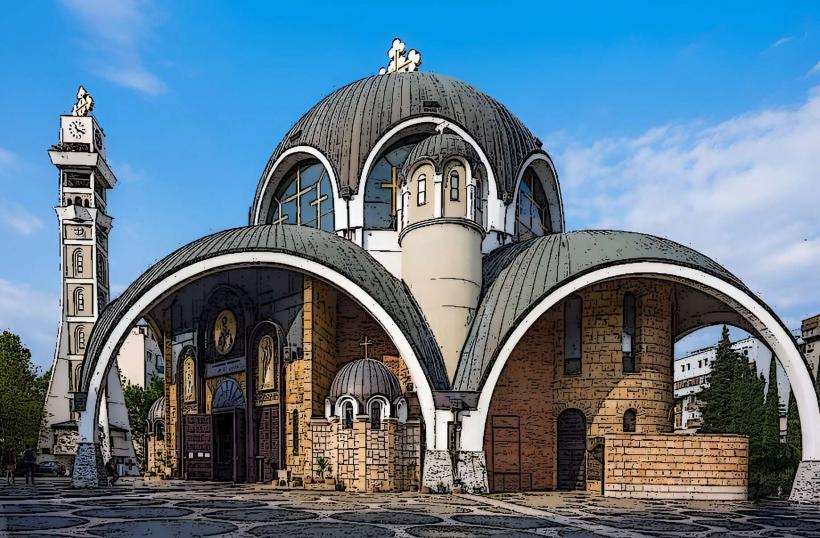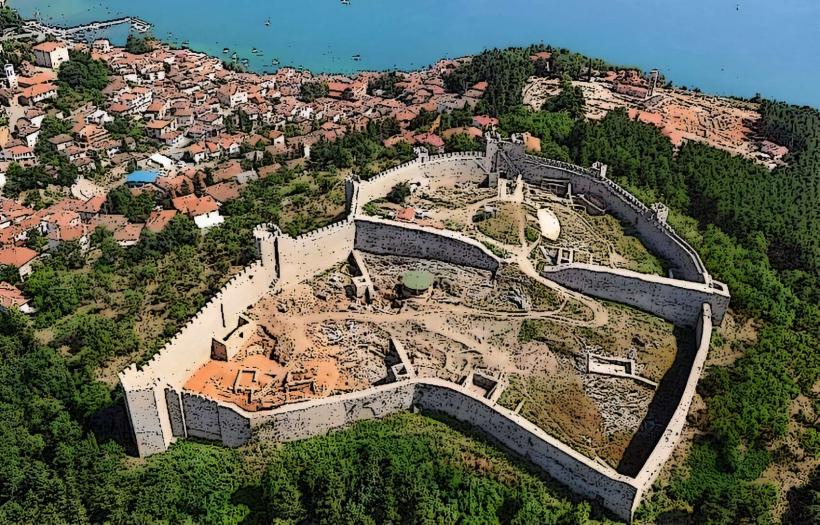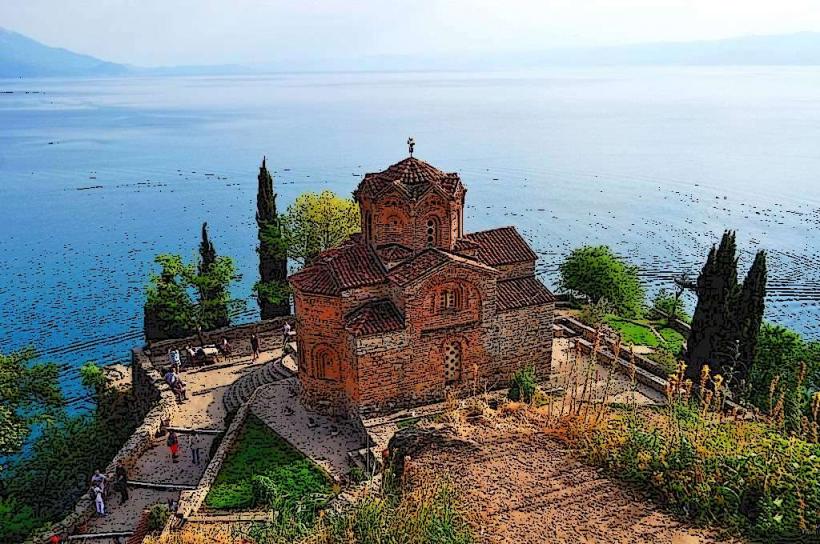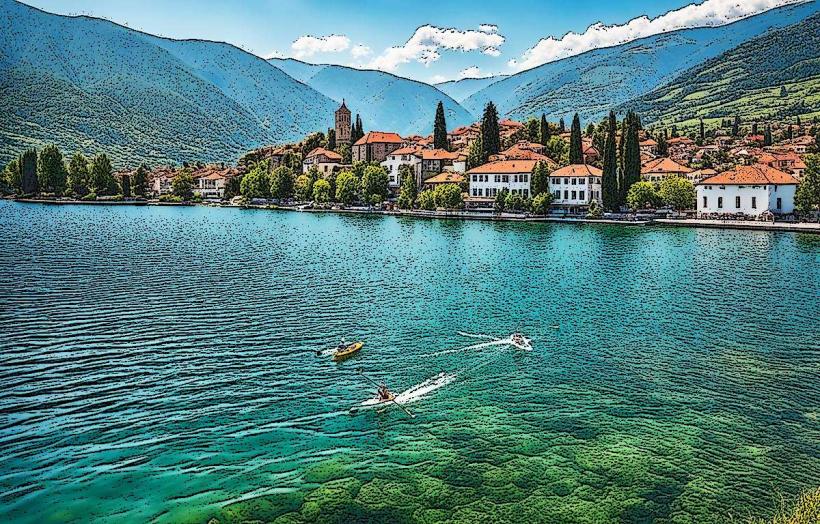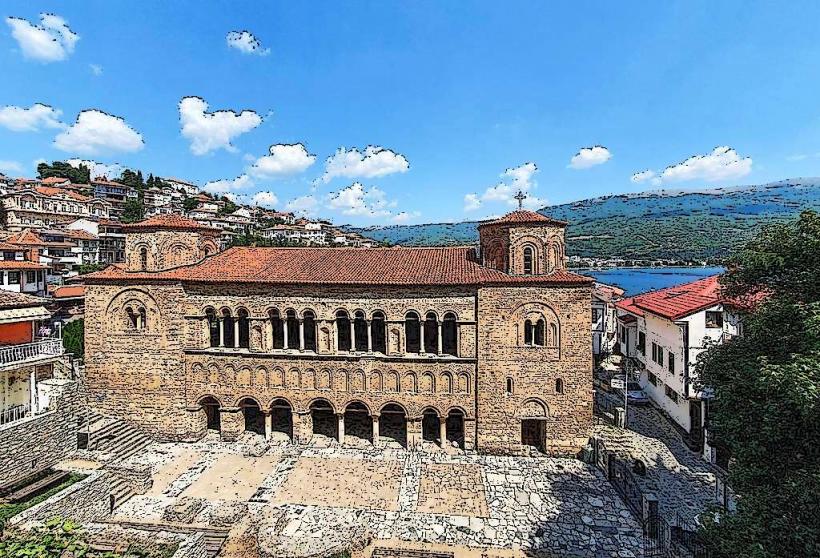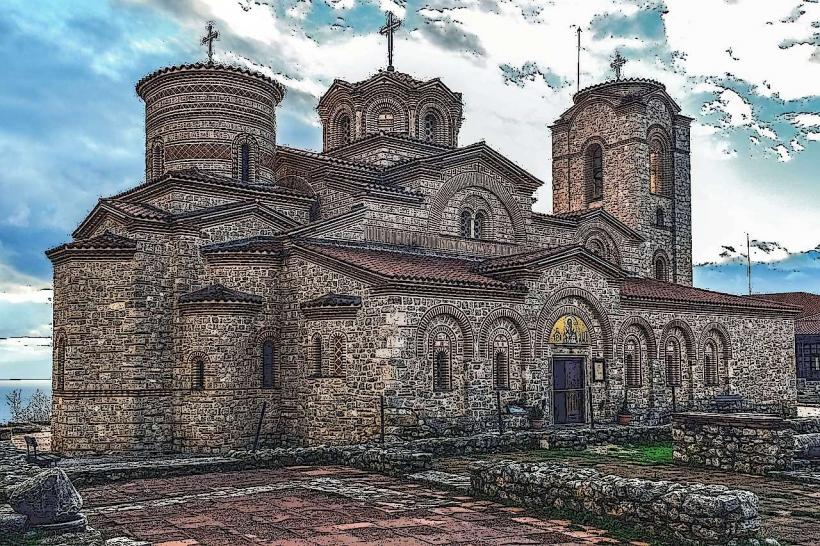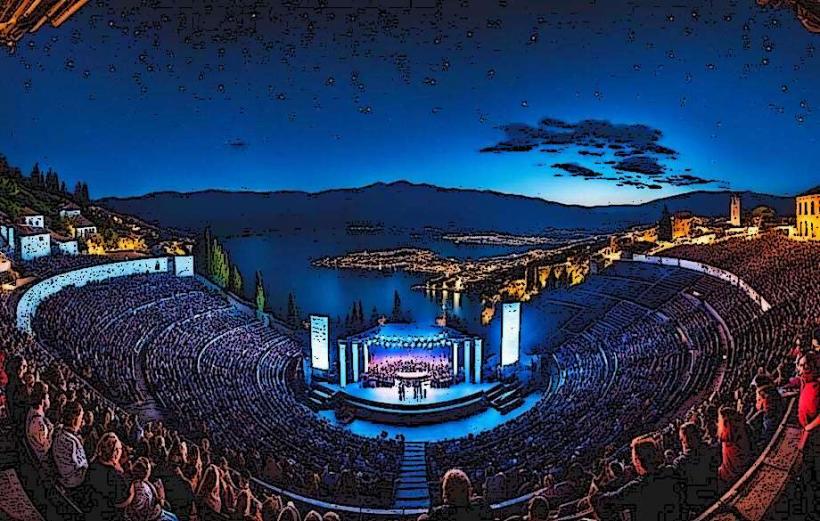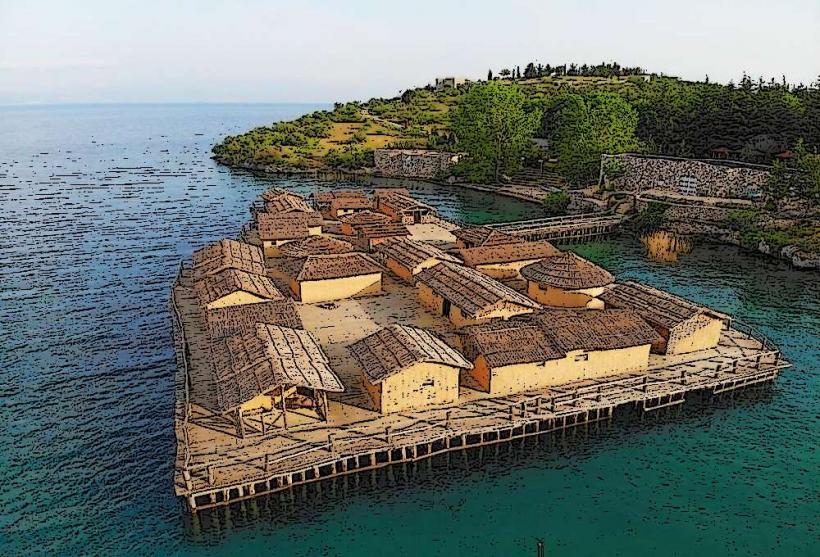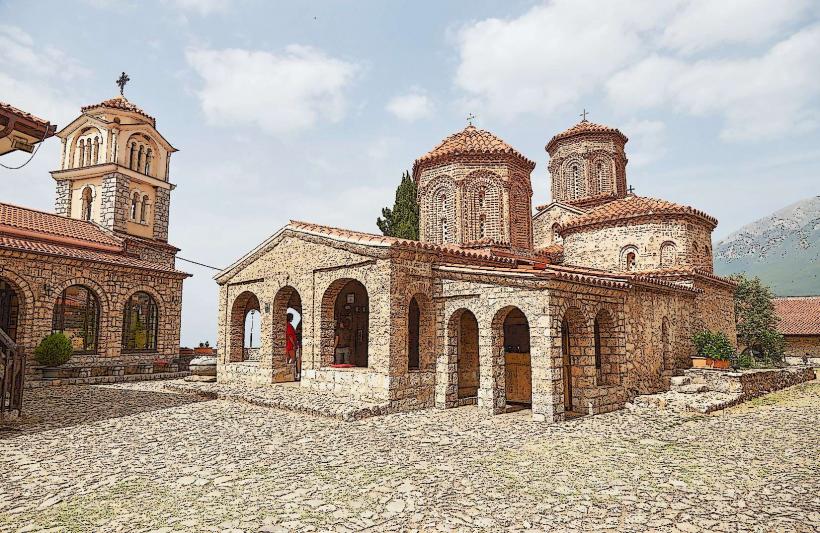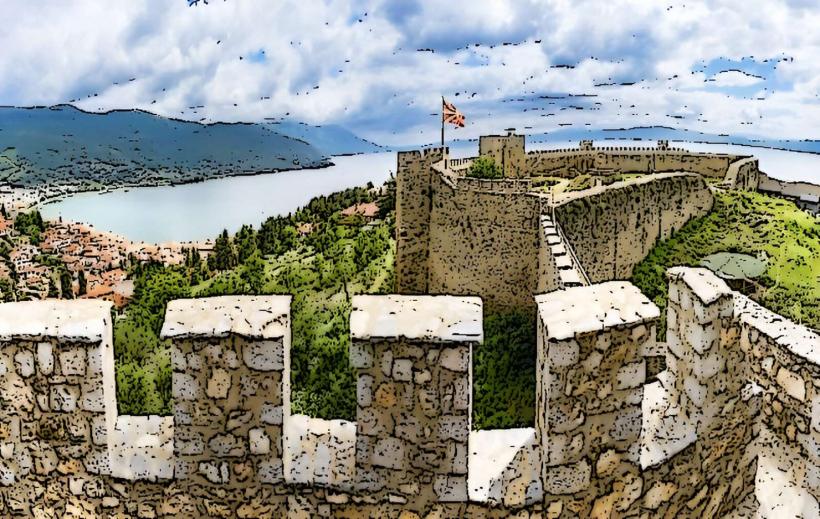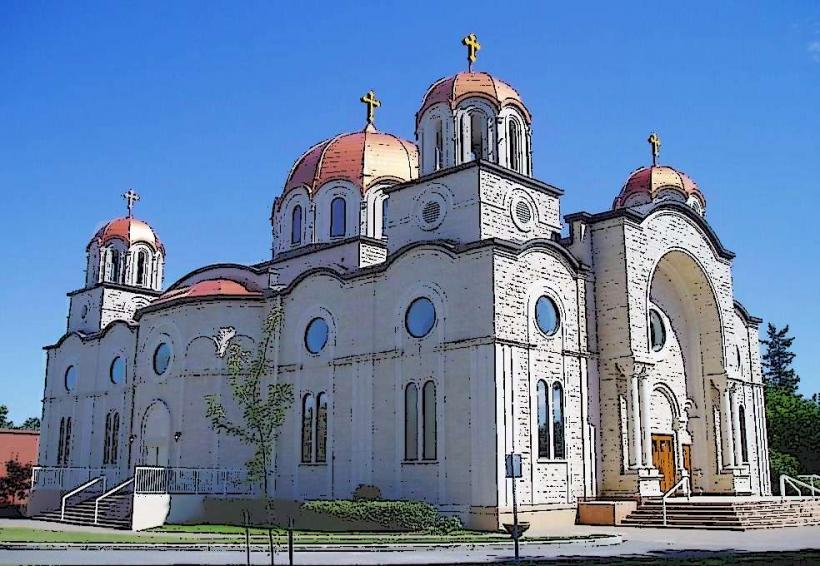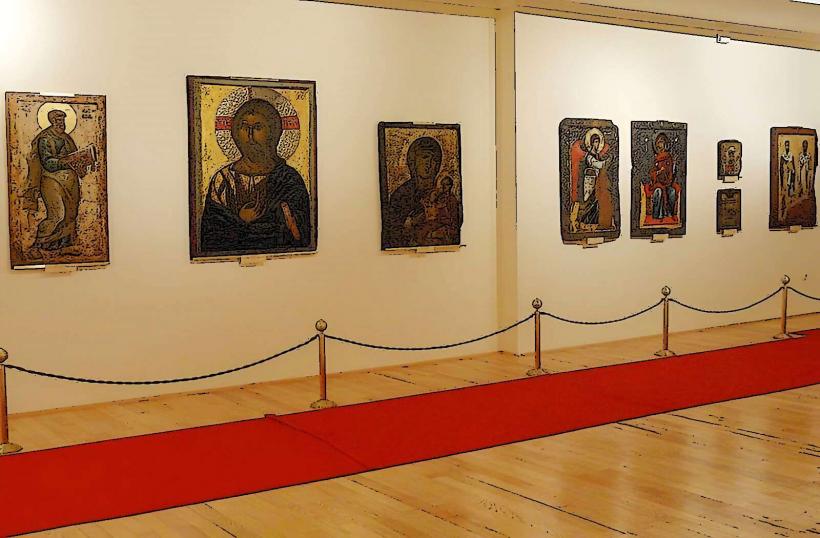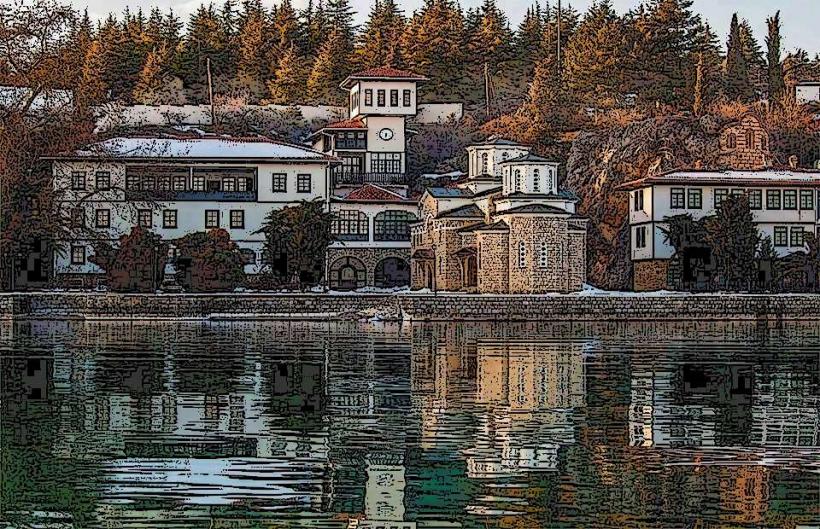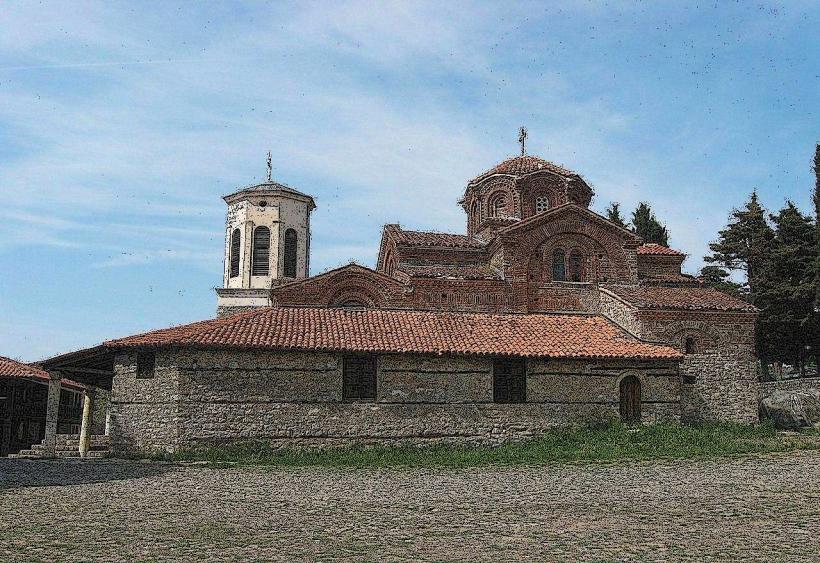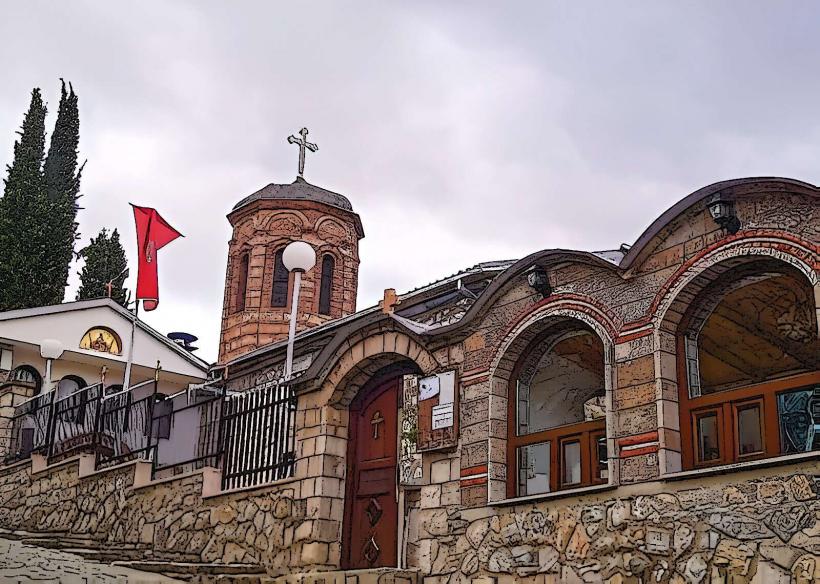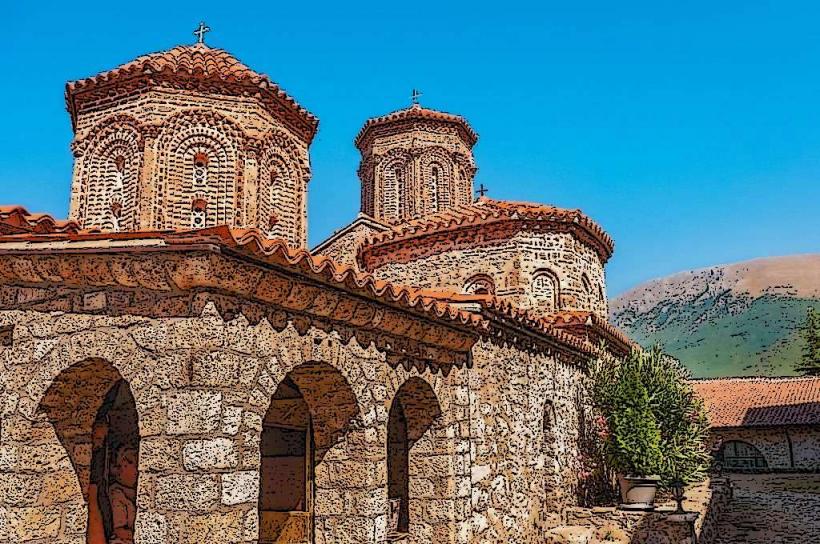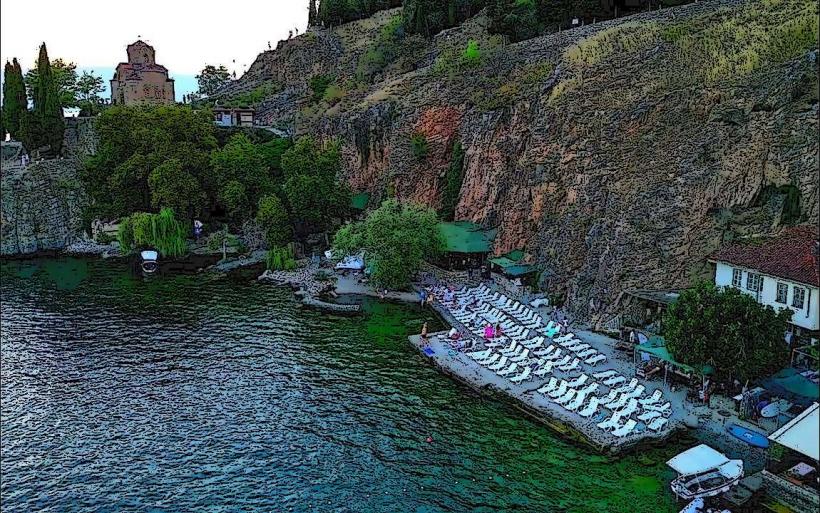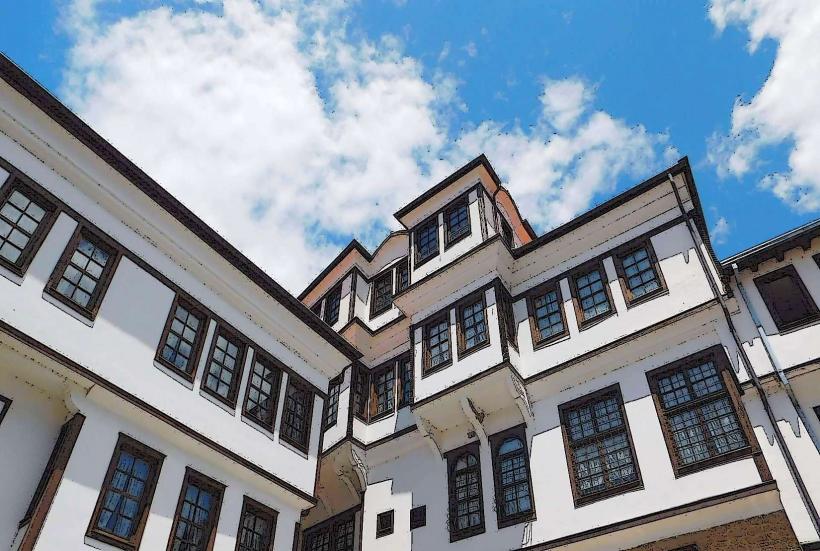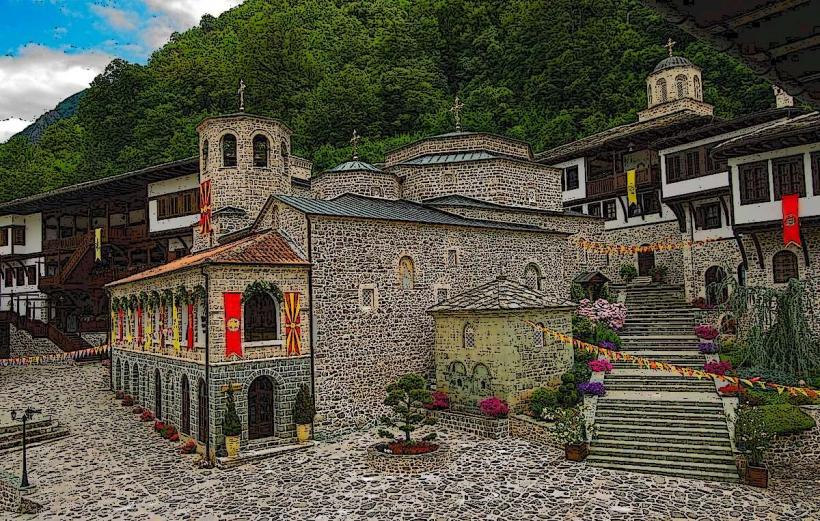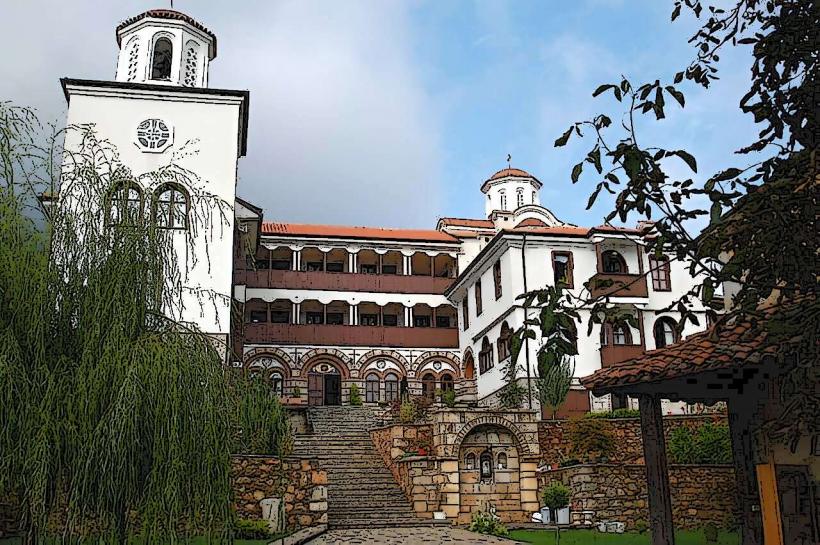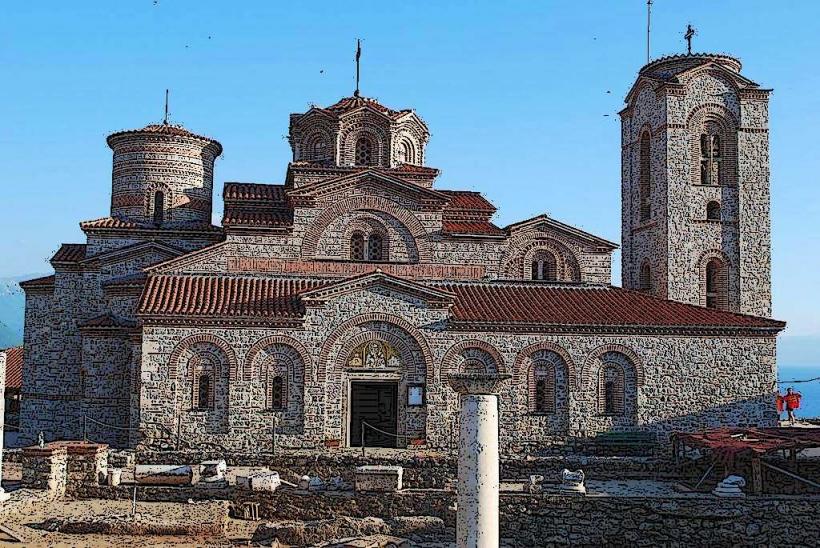Information
City: OhridCountry: North Macedonia
Continent: Europe
Ohrid, often referred to as the "Jerusalem of the Balkans" due to its rich cultural and religious significance, is one of the most important cities in North Macedonia. It is located on the shores of Lake Ohrid, a UNESCO World Heritage Site, and is renowned for its natural beauty, ancient history, and religious importance. Here's a detailed look at Ohrid, excluding its specific landmarks:
Geography and Climate
Ohrid is situated in the southwest of North Macedonia, on the edge of Lake Ohrid, which is one of the oldest and deepest lakes in Europe. The city is surrounded by mountains, including the Galicica range, which offers a beautiful backdrop to the city and lake. The combination of clear waters, lush landscapes, and mountains makes Ohrid a scenic destination.
The climate in Ohrid is Mediterranean with continental influences. Summers are warm and pleasant, often reaching temperatures around 25°C to 30°C (77°F to 86°F), with mild evenings. Winters are relatively cold, with snow and temperatures occasionally dropping below 0°C (32°F). The proximity to the lake moderates the temperatures, making the region more temperate than other parts of the country.
History
Ohrid's history dates back thousands of years, making it one of the oldest settlements in the Balkans. The city was originally founded as a Hellenistic settlement under the name Lyncestis and later became part of the Roman and Byzantine empires. Under Roman and Byzantine rule, Ohrid grew into a major center of culture and religion.
In the 9th century, the city became a prominent center of Christianity, with the establishment of the Ohrid Archbishopric in 879 AD. Ohrid is also the birthplace of Clement of Ohrid, one of the most important figures in Slavic Christianity and the spread of literacy and religious practices to the Slavic peoples.
The city also flourished under Ottoman rule, and many Ottoman-era structures remain today. After the Balkan Wars and the formation of Yugoslavia, Ohrid became part of the newly established Kingdom of Yugoslavia and later the Socialist Republic of Macedonia. In recent years, it has developed into a major tourist destination, attracting visitors due to its history, culture, and natural beauty.
Economy
Ohrid is a key economic center in southwestern North Macedonia, with the economy traditionally based on agriculture, fishing, and tourism. The fertile land around the lake is used for growing fruits, vegetables, and tobacco. The lake itself is a rich source of fish, particularly Ohrid trout, a local delicacy.
In recent years, tourism has become the most important sector of the local economy. Visitors are drawn to Ohrid for its historical sites, lakeside resorts, and vibrant cultural life. The city's tourism industry is well-developed, with numerous hotels, restaurants, and shops catering to the needs of international tourists. Ohrid is also a regional hub for trade, especially with neighboring Albania, as it lies near the border with that country.
Culture
Ohrid is a city of great cultural significance, and its culture is shaped by a mix of Byzantine, Ottoman, and Slavic influences. The city is home to numerous festivals, cultural events, and artistic endeavors, many of which draw on its rich religious and historical heritage.
Music and Festivals: Ohrid is renowned for its music scene, particularly classical and traditional Macedonian music. The Ohrid Summer Festival, one of the most famous cultural events in the country, takes place every year and features a wide range of performances, including opera, classical music concerts, ballet, and theater. The festival attracts artists and audiences from around the world.
Literature and Intellectual Life: Ohrid has been a center of learning and scholarship for centuries. It is associated with the creation of the Cyrillic alphabet by Saints Cyril and Methodius, who spread Christianity and literacy across the Slavic world. Many prominent writers, philosophers, and theologians have come from Ohrid or have worked there, particularly in the fields of theology, linguistics, and literature. The Ohrid Literary School has played an important role in the development of Slavic literature.
Cuisine: Ohrid’s cuisine is a blend of traditional Macedonian dishes, with influences from the Mediterranean, Ottoman, and Balkan culinary traditions. Dishes like ajvar (a pepper relish), sarma (stuffed cabbage rolls), and burek (a flaky pastry filled with meat or cheese) are commonly enjoyed in Ohrid. The lake also provides fresh fish, with Ohrid trout being a local specialty.
Religion
Ohrid is often regarded as a spiritual capital of North Macedonia and the Balkans. It has been an important center of Christianity for over a millennium, and several significant religious figures have ties to the city.
The Ohrid Archbishopric: Established in 879 AD, the Ohrid Archbishopric was one of the most influential religious institutions in the region during the Byzantine era. It played a key role in the Christianization of the Slavs and in the spread of the Cyrillic alphabet.
Religious Diversity: While Ohrid is primarily an Orthodox Christian city, the legacy of Ottoman rule is also evident in the presence of mosques and other Islamic structures. The city's religious diversity contributes to its unique cultural atmosphere.
Theological Education: The city has been a center of theological education, with the Theological Faculty of Ohrid continuing to train future religious leaders and scholars.
Education
Ohrid is home to several educational institutions, including schools that offer a wide range of academic programs. The St. Clement of Ohrid University is the city’s most prominent educational institution, named after one of the city's patron saints. The university offers programs in humanities, theology, and the natural sciences, and it attracts students from across the region.
In addition to higher education, Ohrid has a strong tradition of primary and secondary education. Schools in the city emphasize both the Macedonian language and the local dialect, as well as the region's historical and cultural heritage.
Tourism and Recreation
Ohrid is one of North Macedonia’s most popular tourist destinations. Visitors come to explore its UNESCO World Heritage sites, the pristine waters of Lake Ohrid, and its beautiful natural surroundings. The city is particularly popular during the summer months, when tourists flock to the lake for swimming, boating, and relaxation.
Lake Ohrid: The lake itself is one of Europe’s oldest and deepest lakes, with clear, pristine waters that are home to many unique species of fish and plants. The surrounding area offers plenty of opportunities for hiking, nature walks, and boat tours.
Nature and Hiking: The Galicica National Park, which separates Lake Ohrid from Lake Prespa, offers a stunning natural environment for hiking, birdwatching, and exploring the region’s rich flora and fauna. The mountains around Ohrid are also home to several monasteries, providing an opportunity for spiritual reflection in a beautiful setting.
Skiing: During the winter months, the nearby Baba Mountain provides opportunities for skiing and snowboarding, making Ohrid a year-round destination.
Challenges and Future Outlook
Ohrid faces several challenges, particularly related to tourism, environmental conservation, and urban development. The lake, as a UNESCO World Heritage Site, is under pressure due to pollution, overfishing, and unregulated construction around its shores. Efforts to preserve the lake’s biodiversity and improve waste management are ongoing, but balancing tourism with environmental protection remains a key issue.
Looking forward, Ohrid is likely to continue its development as a cultural and tourism hub while striving to maintain its natural beauty and historical significance. Sustainable tourism practices and environmental protection will be essential for ensuring the city's long-term prosperity.
Conclusion
Ohrid is a city that encapsulates the rich history, culture, and natural beauty of North Macedonia. Its religious significance, stunning landscapes, and vibrant cultural scene make it a unique destination. With its deep historical roots and continuing role as a cultural and intellectual center, Ohrid represents a bridge between the past and the future, drawing visitors from around the world to experience its unique charm.

